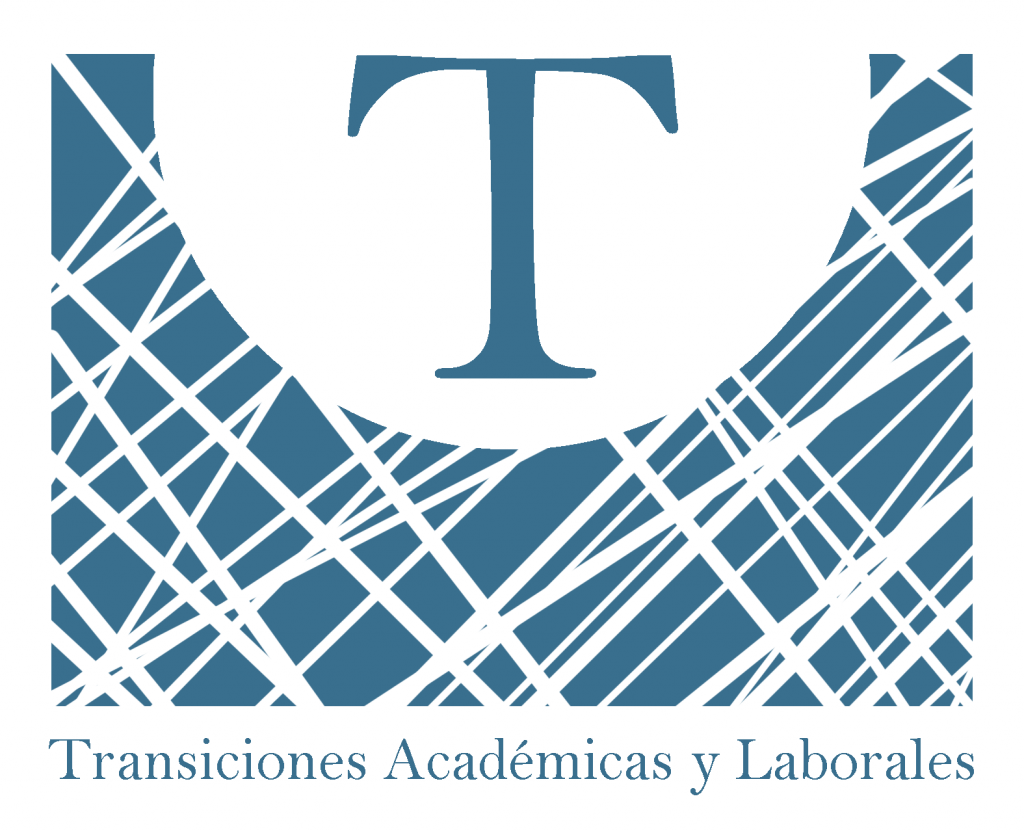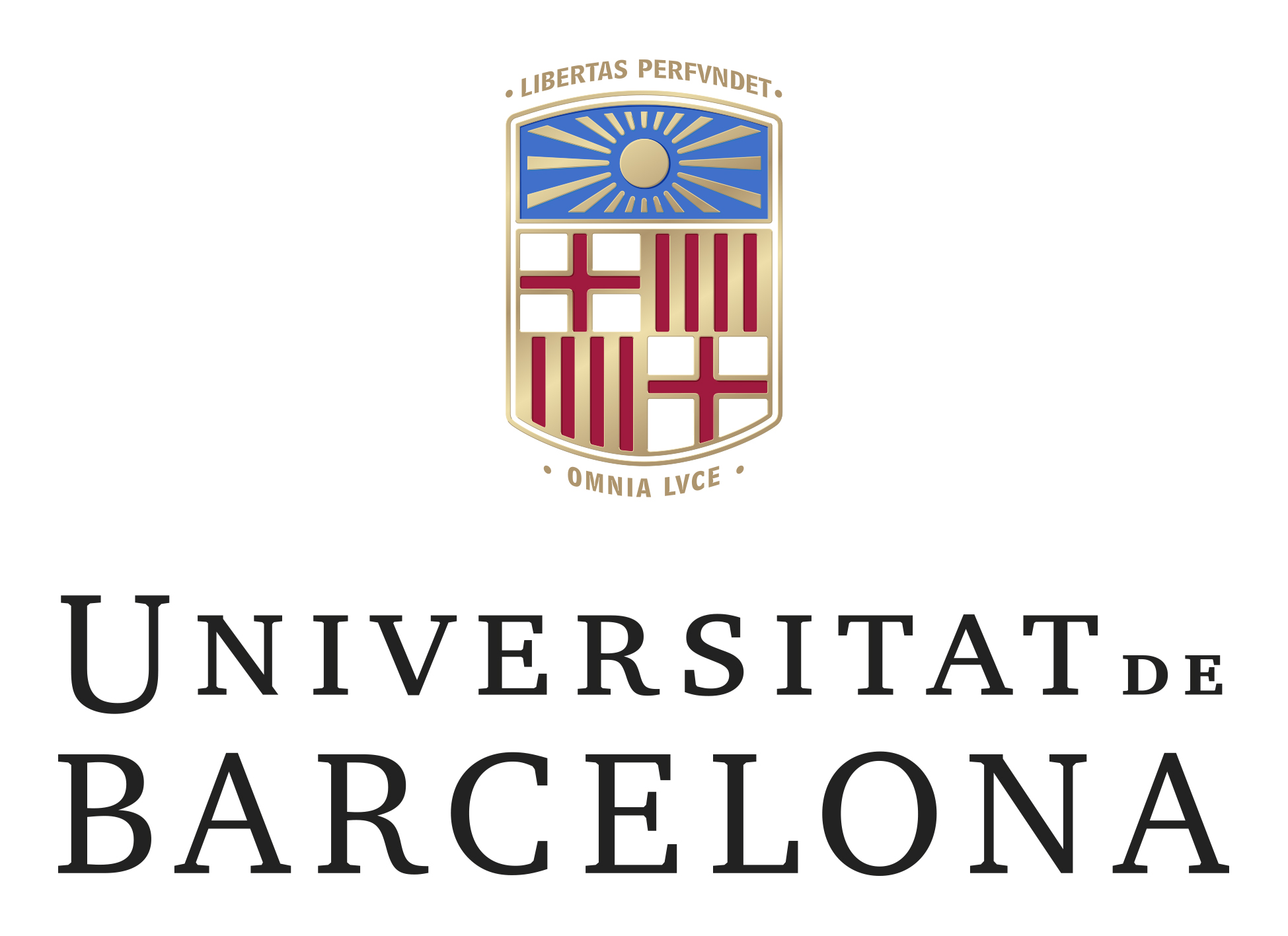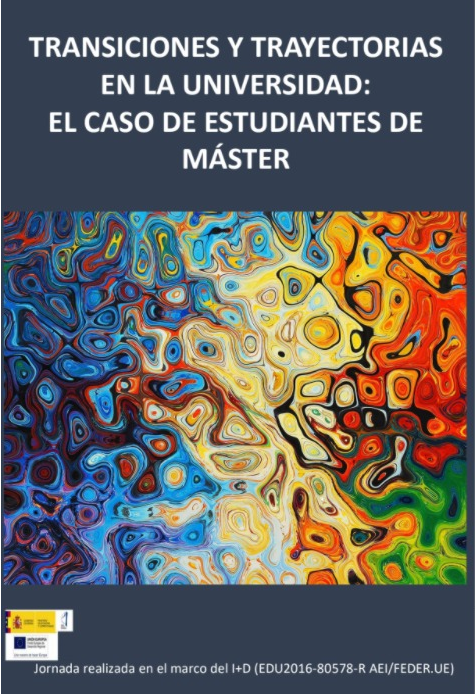Main results objective 1
To address this first objective, information from a range of sources was taken into account: (a) official statistics from the relevant regional governments and the universities themselves (SIIU – MECD, 2016-2017); (b) the masters’ degree study programmes (RUC-regional government assessment agencies-participating universities); and (c) published data from the masters’ degrees studied (enrolment figures, drop-out rates, graduation numbers, etc.).
These wide-ranging and up-to-date figures clearly showed both the growth in enrolments on official masters’ courses, particularly in the social sciences, and the changes in student profiles. The different types of masters identified in the application were maintained, namely: those qualifying students to exercise a profession; those training students for a profession; research degrees; and mixed degrees with double orientation). As we remarked in the follow-up report, the analysis of social sciences student numbers demonstrated the wide variety of degrees available (education, sociology, communication sciences, law, etc.). A representative from each of the participating universities contacted the relevant authorities to inform them of the study and ensure access to the degrees chosen



